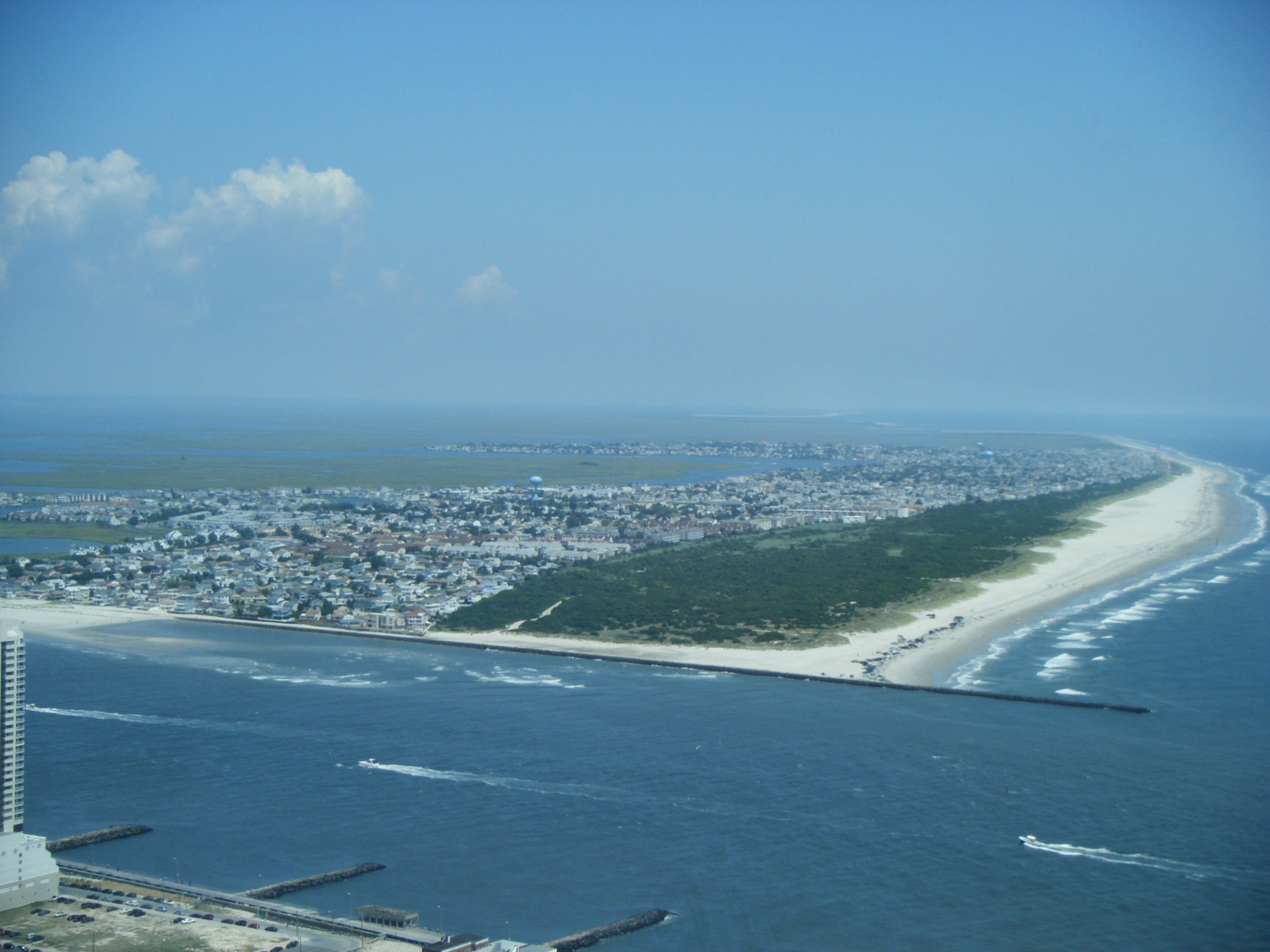|
USS Absecon (1918)
The first USS ''Absecon'' (ID-3131) was a freighter that operated in the United States Navy in 1918. She was the first U.S. Navy ship to be named for Absecon Inlet, a small inlet north of Atlantic City, New Jersey. On 17 June 1918, officers of the U.S. Navys 4th Naval District inspected ''Absecon'', a single-screw, steel-hulled freighter built in 1918 by the New York Shipbuilding Company in Camden, New Jersey. Although the Navy gave the ship Identification Number (Id. No.) 3131, as it did with most commercial cargo ships and tankers commissioned into U.S. Navy service for use in World War I, the United States Government The federal government of the United States (U.S. federal government or U.S. government) is the national government of the United States, a federal republic located primarily in North America, composed of 50 states, a city within a fede ... never took possession of the ship. However, she was armed, and a Navy armed guard crew was placed on boar ... [...More Info...] [...Related Items...] OR: [Wikipedia] [Google] [Baidu] |
Absecon Inlet
Absecon Inlet is a narrow strait on the southeastern coast of New Jersey in the United States.''Merriam Webster's Geographical Dictionary, Third Edition'', pp. 3-4. Geography Absecon Inlet leads from the Atlantic Ocean through barrier islands in Atlantic County, New Jersey. Its southern shore is the north end of Absecon Island, on which lies Atlantic City, New Jersey. Absecon Lighthouse is south of the inlet and overlooks it from the north end of Absecon Island. Brigantine Island is to the north and east. The Brigantine Bridge carries New Jersey Route 87 over the inlet. Absecon Inlet separates Absecon Island from Brigantine Island, and including its continuation, Absecon Channel, connects Absecon Bay and Reeds Bay with the Atlantic Ocean. Absecon Inlet was described in 1878, ''viz''., Namesakes Two United States Navy ships—the cargo ship USS ''Absecon'', in use briefly in 1918, and the aircraft catapult training ship USS ''Absecon'', in commission from 1943 to 1947—and ... [...More Info...] [...Related Items...] OR: [Wikipedia] [Google] [Baidu] |
Propeller
A propeller (colloquially often called a screw if on a ship or an airscrew if on an aircraft) is a device with a rotating hub and radiating blades that are set at a pitch to form a helical spiral which, when rotated, exerts linear thrust upon a working fluid such as water or air. Propellers are used to pump fluid through a pipe or duct, or to create thrust to propel a boat through water or an aircraft through air. The blades are specially shaped so that their rotational motion through the fluid causes a pressure difference between the two surfaces of the blade by Bernoulli's principle which exerts force on the fluid. Most marine propellers are screw propellers with helical blades rotating on a propeller shaft (ship), propeller shaft with an approximately horizontal axis. History Early developments The principle employed in using a screw propeller is derived from sculling. In sculling, a single blade is moved through an arc, from side to side taking care to keep presenting the ... [...More Info...] [...Related Items...] OR: [Wikipedia] [Google] [Baidu] |
World War I Auxiliary Ships Of The United States
In its most general sense, the term "world" refers to the totality of entities, to the whole of reality or to everything that is. The nature of the world has been conceptualized differently in different fields. Some conceptions see the world as unique while others talk of a "plurality of worlds". Some treat the world as one simple object while others analyze the world as a complex made up of many parts. In ''scientific cosmology'' the world or universe is commonly defined as " e totality of all space and time; all that is, has been, and will be". '' Theories of modality'', on the other hand, talk of possible worlds as complete and consistent ways how things could have been. ''Phenomenology'', starting from the horizon of co-given objects present in the periphery of every experience, defines the world as the biggest horizon or the "horizon of all horizons". In ''philosophy of mind'', the world is commonly contrasted with the mind as that which is represented by the mind. ''Th ... [...More Info...] [...Related Items...] OR: [Wikipedia] [Google] [Baidu] |
Ships Built By New York Shipbuilding Corporation
A ship is a large watercraft that travels the world's oceans and other sufficiently deep waterways, carrying cargo or passengers, or in support of specialized missions, such as defense, research, and fishing. Ships are generally distinguished from boats, based on size, shape, load capacity, and purpose. Ships have supported exploration, trade, warfare, migration, colonization, and science. After the 15th century, new crops that had come from and to the Americas via the European seafarers significantly contributed to world population growth. Ship transport is responsible for the largest portion of world commerce. The word ''ship'' has meant, depending on the era and the context, either just a large vessel or specifically a ship-rigged sailing ship with three or more masts, each of which is square-rigged. As of 2016, there were more than 49,000 merchant ships, totaling almost 1.8 billion dead weight tons. Of these 28% were oil tankers, 43% were bulk carriers, and 13% were cont ... [...More Info...] [...Related Items...] OR: [Wikipedia] [Google] [Baidu] |

